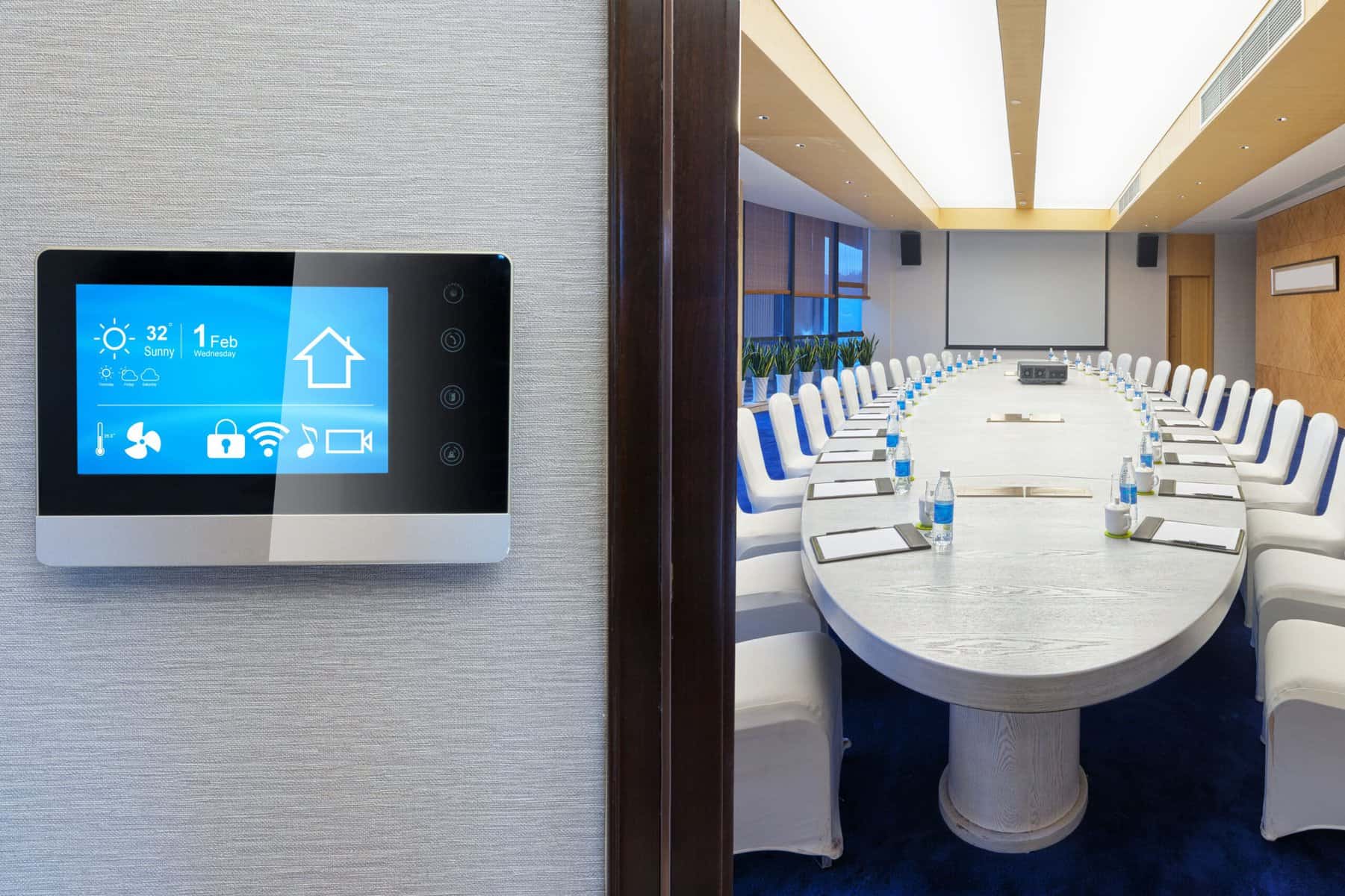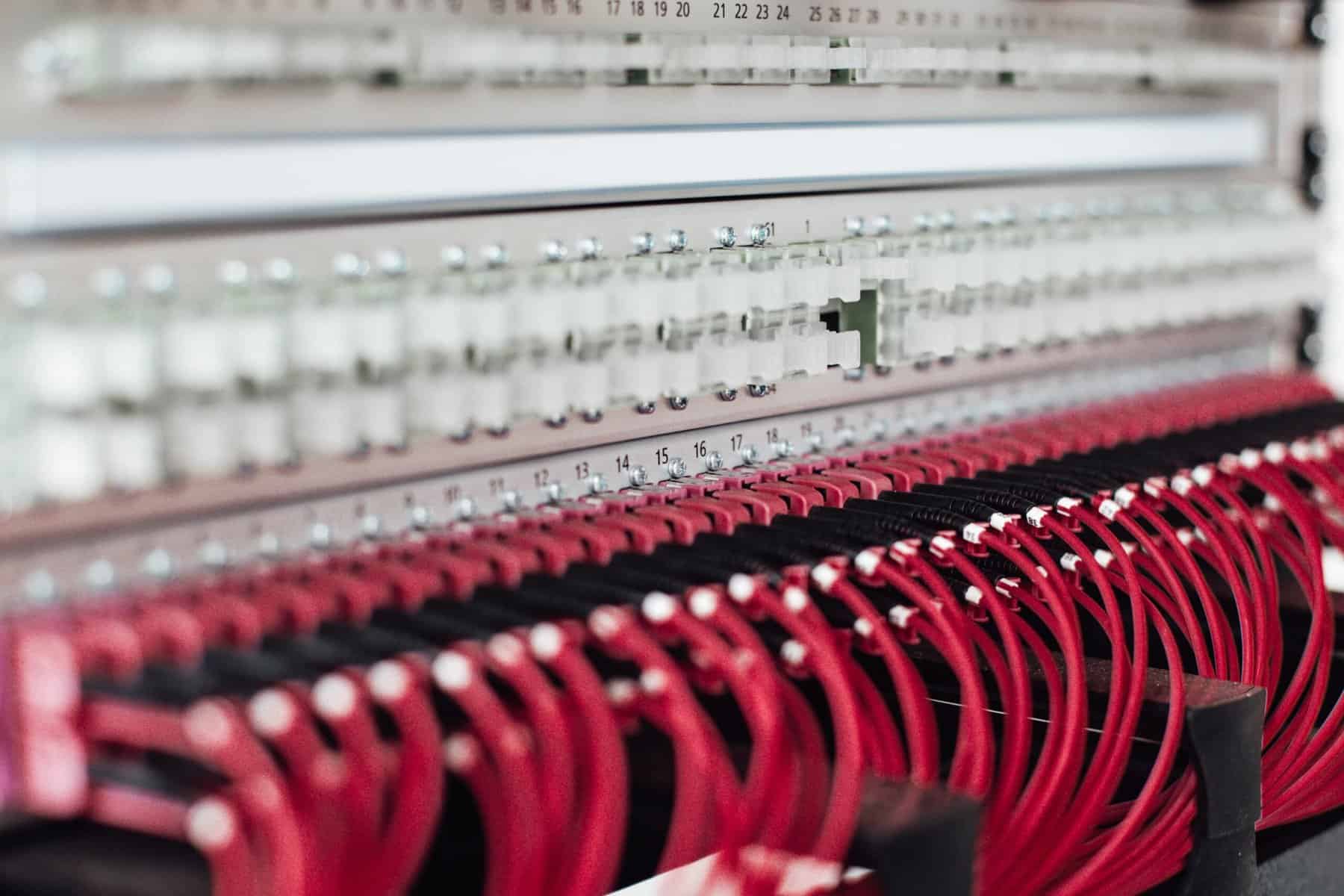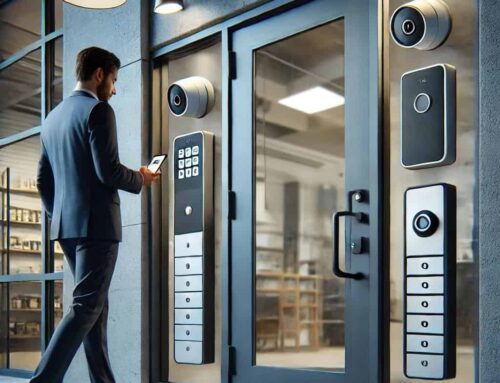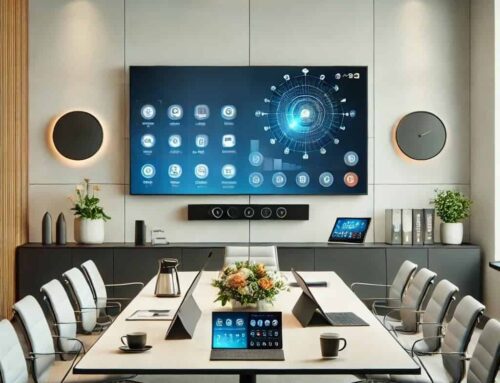The Basics Of Office Automation

Whatever your feelings about a possible takeover by robotic overlords, let’s set the record straight on office automation systems: many businesses are already doing it at some level, but lack a cohesive strategy. Any time you integrate manual processes with computer processes in order to reduce manual labor you’re doing the work of office automation. If your staff is empowered to reduce waste, optimize workflow, and adopt new processes, it’s likely that you’re already well on the road to a highly automated office.
What you may lack is a business processes management role, someone who oversees the automation and integration effort. They work across departments and vendors, looking for ways to accommodate everyone’s needs with the simplest software configuration possible.
That’s because office automation can lend itself to software bloat, with everyone using disparate systems that don’t talk to each other, wasting resources on unproductive redundancy.
Many vendors who post blogs about office automation propose techno-utopian solutions where menial labor is reduced to bits and bytes, machine learning eliminates waste, and physical paper is a distant memory. It may sound glorious at first, but when office automation becomes an exercise in radical digitization and tech adoption, you may feel disappointed in the results.
The Purpose Of Automation Is Simpler, Error-free Work
Office automation is about using computer systems to do what they do best, and freeing people to focus on what they do best. You want to identify the manual processes that, if automated, would reduce or simplify workloads and reduce errors. 78% of business leaders estimate that automation of manual tasks could save employees 3 hours a day.
The benefits of office automation include:
- Faster turnaround times for repetitive tasks
- Freeing staff to focus their energy on complex, non-automated work
- Better visibility into productivity, constraints, and opportunities for improvement
- Increased consistency
- Fewer human errors
- Preservation of information
- Traceability for standards compliance
What Should Be Automated In The Office?
Document sharing and contracts
Sharing documents in the cloud is an example of simplifying a process where accuracy and speed are important, and where physical paper becomes a burden. Legal and compliance documents tend to belong, share much of the same language from case to case, and demand a high degree of consistency and accuracy. While some clients may cling to the need for ink signatures on real paper, that’s becoming a thing of the past.
Support requests
When clients or internal stakeholders initiate a support or service request, it’s best if they do so in an automated system that can generate a ticket and assign it to the right person and make sure it gets fulfilled according to your service-level agreements. Many IT departments live and die by their support ticket systems, but this is a workflow that can be adapted to a variety of departments and roles.
Customer-relationship management
Once upon a time, Rolodex was synonymous with customer-relationship management (CRM). Today companies have the opportunity to capture and use more data on a single customer than would ever fit on a Rolodex card. Ideally, you want a system that works from the moment a phone call or email comes in and keeps track of relevant data for the entire life of the client. As data portability regulations (such as the California Consumer Privacy Act) gain momentum, CRM will carry a heavier burden when it comes to managing consumers’ data — not something that any human wants to do by hand.
Building systems
If you’ve never heard of an integrated workplace management system (IWMS), this blog is a good place to start. In short, the principle of an IWMS is to tie together the various aspects of your physical building, such as security access, HVAC, and utilities into a single piece of software that allows you to see the building from a data perspective. If integrated into your overall office automation strategy, an IWMS could help when onboarding a new employee, triggering a ticket for facilities to set up a new desk, IT to set up a computer and phone, and security to issue a new ID card.
The Latest Trend In Office Automation
Remote work has put a renewed focus on office automation. Many physical processes that few people dreamed of doing over a computer, such as banking, healthcare, and grocery shopping have gone digital (thanks coronavirus). Businesses have turned the challenge into an opportunity and many office workers have left the corporate office building for good, content to work from home.
This trend demands that anything that can be done digitally, be done digitally. Meetings are a good example. Pre-2020, it wasn’t uncommon for a meeting room to include an internet-ready projector and camera, now this equipment is essential. Business travel has been “automated” into a Zoom meeting (at least in some cases). Collaborating on a project must happen in the cloud, with people in different geographic locations contributing virtually.
Office Automation Tools

At the heart of any office automation effort is software and devices that are capable of running it, also known as the Internet of Things (IoT).
Software
In its simplest form, using Microsoft Office 365 and OneDrive allows your team to automate the work of collaborating on documents. Slack, Jira, Monday.com, Zapier, Trello, Zendesk, Asana, Salesforce… the list of software tools that can help you automate daily processes is enormous.
Even though you may discover a few applications that form the pillars of your business’s work, the operative term to remember is “integration.” If a datum can’t easily pass across your software ecosystem, then you’ve got a fly in the automation ointment. This is where your business process manager should step in and access the needs of each party and hopefully come up with a solution to keep data flowing and processes working automatically.
IoT Devices

Connecting ordinary devices is both a benefit and a challenge. When your lighting fixtures connect to the internet, it’s dead simple to flip the virtual switch from your smartphone. Alternately, if your all-in-one copier gets hacked and someone steals sensitive documents, you’ve got a real problem. Worst still if someone is able to hack an essential system and shut it down remotely, it will disrupt your business and cost you thousands if not millions of dollars.
Recent examples of the risks of introducing more internet-connected devices into your organization can be seen in the cyber-attacks that shut down the Colonial pipeline and the meat producer JBS.
The lesson here isn’t to simply reject IoT and an internet-connected workplace. Rather you should deploy a full-time cybersecurity team to monitor, and maintain your IoT systems as part of your larger IT ecosystem. This also starts by partnering with the right vendor to install secure systems and make sure they work seamlessly with the rest of your automated, networked, distributed organization.
About i.e.Smart Systems
i.e.Smart Systems is a Houston, TX based technology integration partner that specializes in design and installation of audio/visual technology and structured cabling. For more than three decades, our team of in-house experts has partnered with business owners, architectural firms, general contractors, construction managers, real estate developers, and designers in the Houston market, to deliver reliable, scalable solutions that align with their unique goals.




